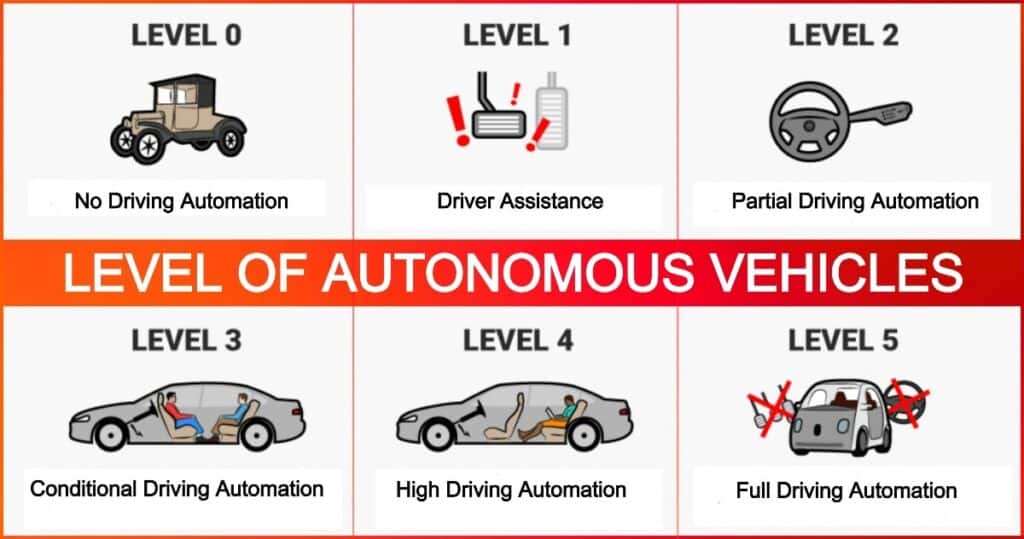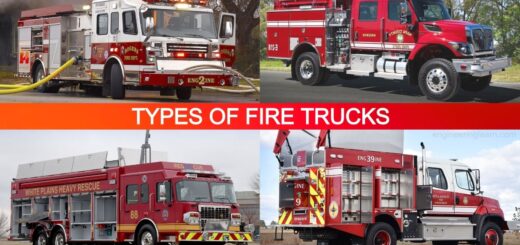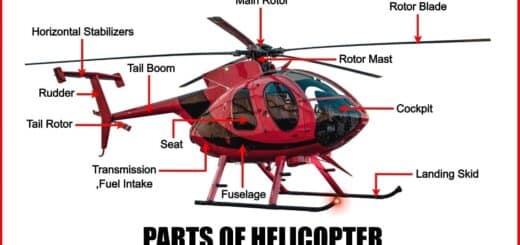Level of Autonomous Vehicles | What are Autonomous Vehicles?

Introduction
Level of Autonomous Vehicles | What are Autonomous Vehicles? – How autonomous vehicles work can vary significantly between the different various innovations used to create them. At a basic level, the vehicle creates a map of its surroundings utilizing an array of sensors giving it information about the roadway around itself and different vehicles in its way. This information is then intercepted by a complex machine-learning calculation which then determines a set of actions for the vehicle to take. These activities are continually different and updated as the algorithm receives new information about the vehicle’s environmental elements.
What are Autonomous Vehicles?
The autonomous vehicle market is booming and in coming years, individuals are confident that self-driving vehicles will provide relief from traffic congestion, parking problems, and any remaining troubles of driving in jam-packed urban communities. The technological aspect will reorient the vehicle industry and change it until the end of time. Assorted autonomous vehicles of various sizes and with various specifications would be blaring horns in our vicinity sooner rather than later.
Autonomous vehicles can see what is happening in their surroundings and travel to various locations through a mix of sensors, cameras, radar, and man-made intelligence. Advanced control systems can interpret sensory information to identify obstacles and choose the most suitable navigation path for the vehicle.
The fundamental stages of autonomous driving break into three different stages which are mentioned below:-
A. Partially Automated
Requires a human driver to continuously monitor the automatic functions consistently. The driver can’t perform any non-driving tasks.
B. Highly Automated
The vehicle’s automatic system knows about its limitations and requires the driver to take control when necessary. The human driver can perform a few non-driving undertakings relying upon the situation.
C. Fully Automated
The vehicle’s automated system can deal with all circumstances autonomously and there is no requirement for a human driver.
Level of Autonomous Vehicles
There are six autonomous driving levels, classified or grouped in view of their level of automation. Categorized by the society of Auto Engineers (SAE), the spectrum ranges from level 0 to even out from no automation to fully autonomous vehicles.
1. Autonomous Driving Level 0: No Driving Automation
Vehicles at this level have no autonomous capabilities, meaning the driver is in complete control of the vehicle consistently, regardless of whether it is equipped with warning and intervention systems, including obstacle avoidance and emergency braking mechanisms. There are no bells and whistles, simply your customary cruise control to assist with long-distance driving and limit the risk of a speeding ticket from a lead foot.
Those enhanced driver safety systems are excluded from the automation categorical framework as they don’t perform part or the entirety of the DDT (Dynamic Driving task) on a sustained basis rather they give brief intervention during potentially unsafe circumstances.
Level 0 Summary
- Human requirements: People accomplish everything, they are always in control of the vehicle.
- The vehicle features: Automatic Emergency braking, Lane departure warning, vulnerable side warning, Back Cam, collision warning, and so on.
2. Autonomous Driving Level 1: Driver Assistance
Level 1 is the most fundamental type of autonomy and well-being, where one element of the driving process is taken over in isolation, utilizing data from sensors and cameras, yet the driver is very much in control. At first, you can find adaptive cruise control and lane-keep assist technology to assist with driving exhaustion.
Adaptive cruise control will maintain a safe distance between you and the vehicle in front of you by using radars as well as cameras to automatically apply braking when traffic eases and resume speed when traffic clears. Lane keeps assist may likewise be available and will assist with nudging you back into the lane should the vehicle begin to veer out of it.
Level 1 Summary
- Human requirements: People do a large portion of the work and are in control of the vehicle at all times.
- Vehicle Features: Lane centering, and adaptive cruise control are some of its essential features.
3. Autonomous Driving Level 2: Partial Driving Automation
Level 2 is the third level in the automation spectrum. At this level, things get a bit, more interesting and intriguing as well. Though the driver ought to have hands on the wheel ready to take control without warning, level 2 automation can help in performing simple tasks. The driver actually needs to perform strategic maneuvers, for example, responding to traffic signals, switching to another lane, and checking for hazards.
Vehicles at this level are commonly equipped with advanced driving assistance systems (ADAS) that can assume control over steering, speed increase, and braking in specific situations. These systems are helpful in stop-and-go traffic scenarios by keeping the distance between you and the vehicle in front of you while additionally providing steering assistance by centering the vehicle within the lane.
Level 2 Summary
- Human requirements: The driver should stay alert all through and is required to intervene in many situations.
- Features of Vehicle: Lane centering and adaptive cruise control at the same time
4. Autonomous Driving Level 3: Conditional Driving Automation
Level 3 is the fourth level in the automation spectrum. It is a significant technological improvement over level 2 as the vehicle is generally self-driven, however, it introduces new issues. The progression from Level 2 to level 3 is substantial from a technological standpoint of view yet subtle, if not negligible, according to a human perspective.
The SAE calls Level 3 conditional automation which is a specific mode that handles all aspects of driving however the driver should be ready to respond to a request to intervene. Autonomous vehicles at this level are capable of driving themselves, however just under ideal circumstances and with limitations, for example, limited-access divided highways at specific speeds. A human driver is still required to take over should road conditions fall beneath ideal. A few vehicles at this level have environmental detection capabilities and can make informed decisions for themselves, for example, accelerating past a sluggish vehicle.
Level 3 Summary
- Human requirements: The driver should be alert at all times during the drive. The driver ought to assume control over the vehicle during extreme circumstances.
- Vehicle features: Traffic Jam Chauffeur.
5. Autonomous Driving Level 4: High Driving Automation
This is the fifth level in the automation spectrum. At Level 4, the vehicle’s autonomous driving system is completely capable of monitoring the driving environment and taking care of all driving functions for limited routes and conditions designed within its operational design domain (ODD). A steering wheel and pedals stay at this level yet no human input or oversight is required except under specific conditions, for example, road type or geographic region, poor weather, and other unusual environments.
The driver could deal with all driving duties on surface roads and then become a traveler as the vehicle enters a highway. The vehicle may alert the driver that it is reaching at its operational limits assuming those conditions dictate human intervention, like heavy snow. On the off chance that the driver doesn’t respond, it will secure the vehicle automatically within specified safety parameters, including slowing down to a full stop.
Level 4 Summary
- Human requirements: Enter your destination and have a good time (perhaps read a book, or set forth some time on an installed rowing machine).
- Vehicle features: Driverless Taxis and Transportation Systems.
6. Autonomous Driving Level 5: Full Driving Automation
Level 5 is the highest level in the autonomous driving spectrum. Vehicles at Level 5 are completely autonomous, meaning a driver isn’t required to perform all driving tasks. Autonomous vehicles at this level are not bound by geo-fencing nor affected by weather and can transport people comfortably and efficiently. Just the destination is the sole requirement to get from point A to point B. As a matter of fact, vehicles in this category may not come outfitted with steering wheels or gas/brake pedals.
Passengers or travelers basically enter voice commands for the onboard systems, for example, entertainment, cooling, and video calling. Although the innovation for a fully autonomous vehicle exists today, they are still in the development stage.
Level 5 Summary
- Human Work: Enter the destination and unwind, read books, or rest.
- Vehicle Features: Driverless transportation with the ability to go to any place.
Conclusion
A significant number of vehicles accessible to consumers today have a lower level of autonomy but simultaneously have a couple of self-driving features. Autonomous vehicles ought to figure out some way to identify countless objects in the vehicle’s way, from branches and litter to animals and people. Various challenges on the roads are tunnels that interfere with the GPS, construction projects that cause lane changes, or complex decisions, like where to stop to allow emergency vehicles to pass.
Accepting for the time being that you’re keen on the future for transport, you’ll most likely have caught wind of the autonomous vehicle levels at this point. Fundamentally, they’re a set of guidelines that are decided by the Society of Auto Engineers (SAE) to portray the various levels of autonomy in driverless vehicles.
There are as of now five levels of autonomous vehicles, and we’ll figure out why that happened in a bit with Level 1 being the most basic and essential level and Level 5 being the most progressive type of self-driving vehicle. Fully autonomous vehicles operating in mixed traffic will become established within a reasonable time frame. Notwithstanding, as per a few experts or specialists it will require a couple of years. Up to that point, vehicles with different levels of automation will be on the road moving.
Content Source: – marketbusinessnews, wandb, techtarget
Image Source: – geospatialworld













